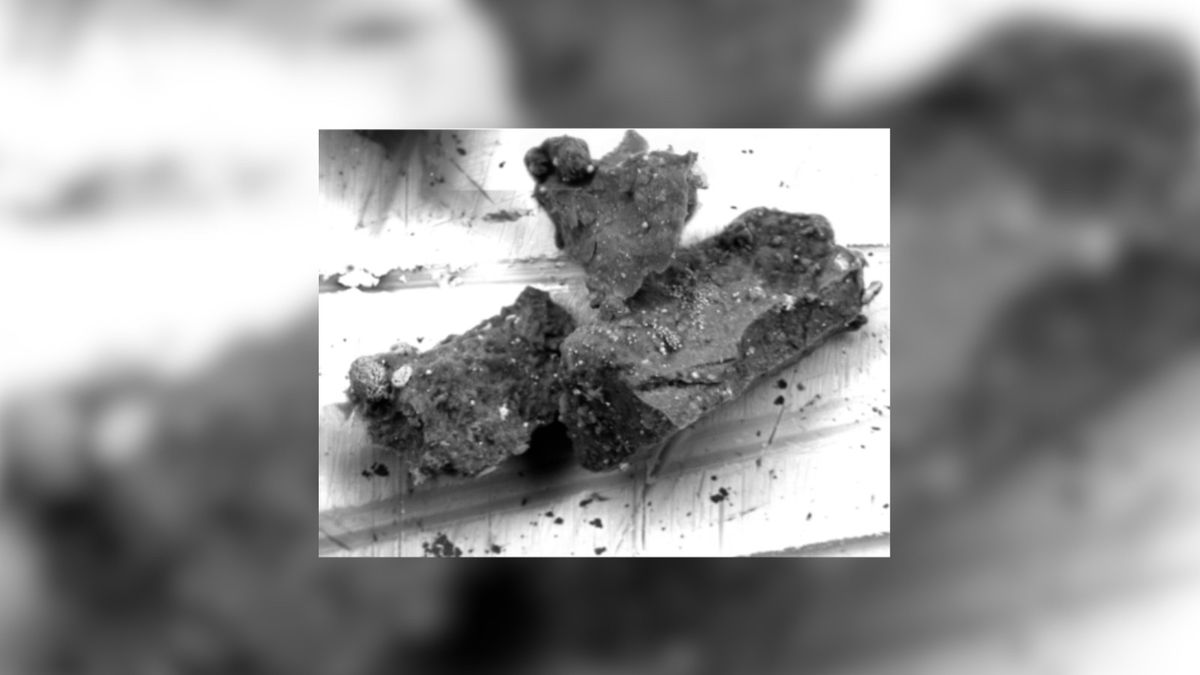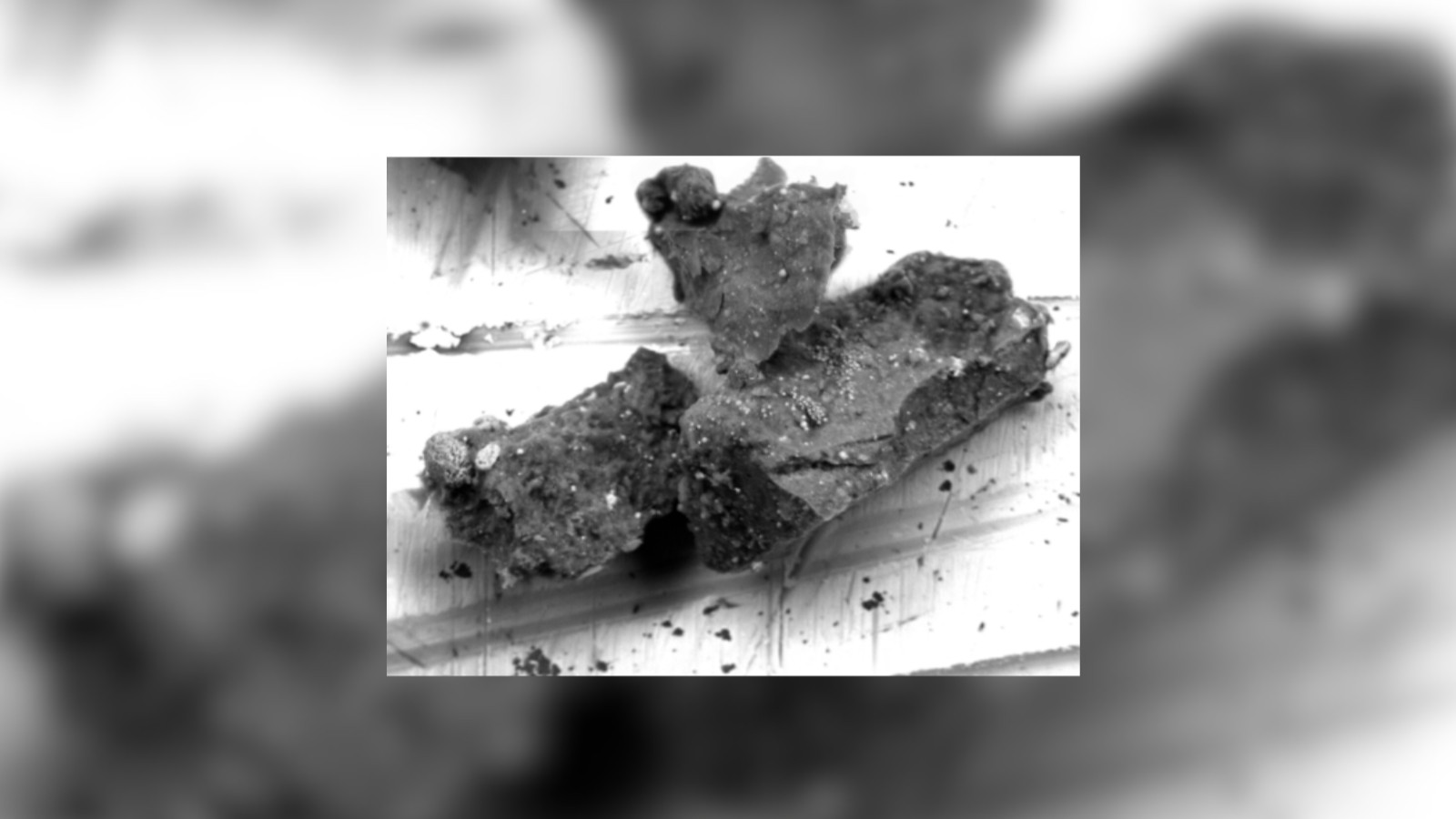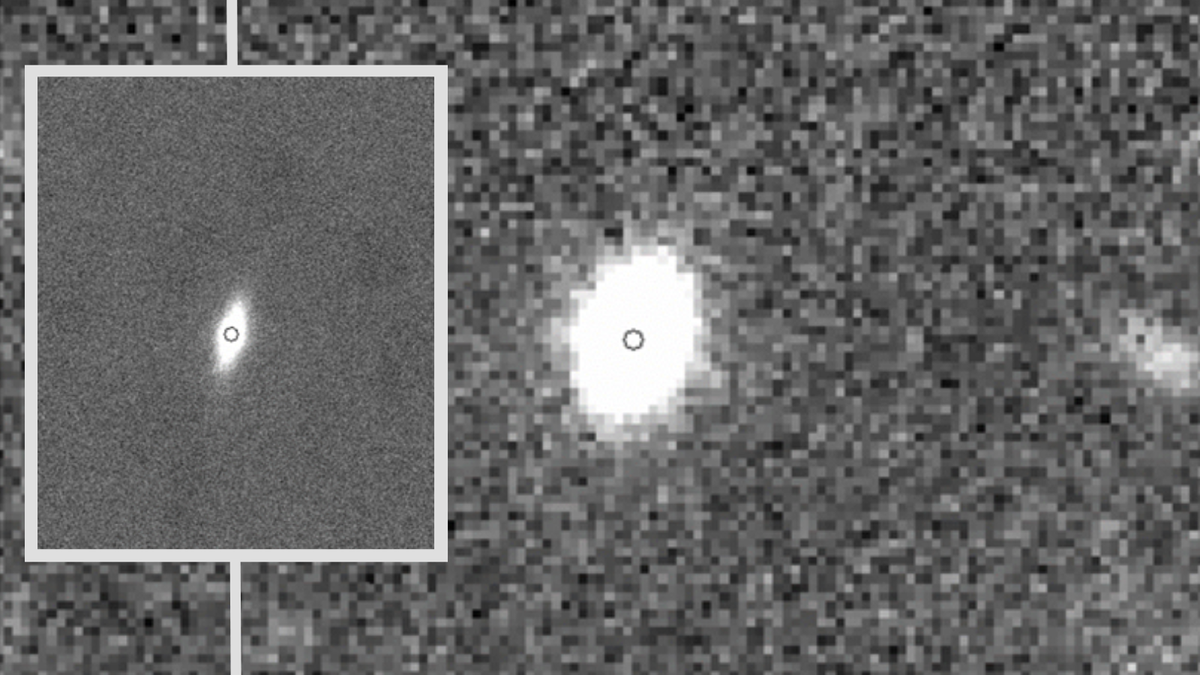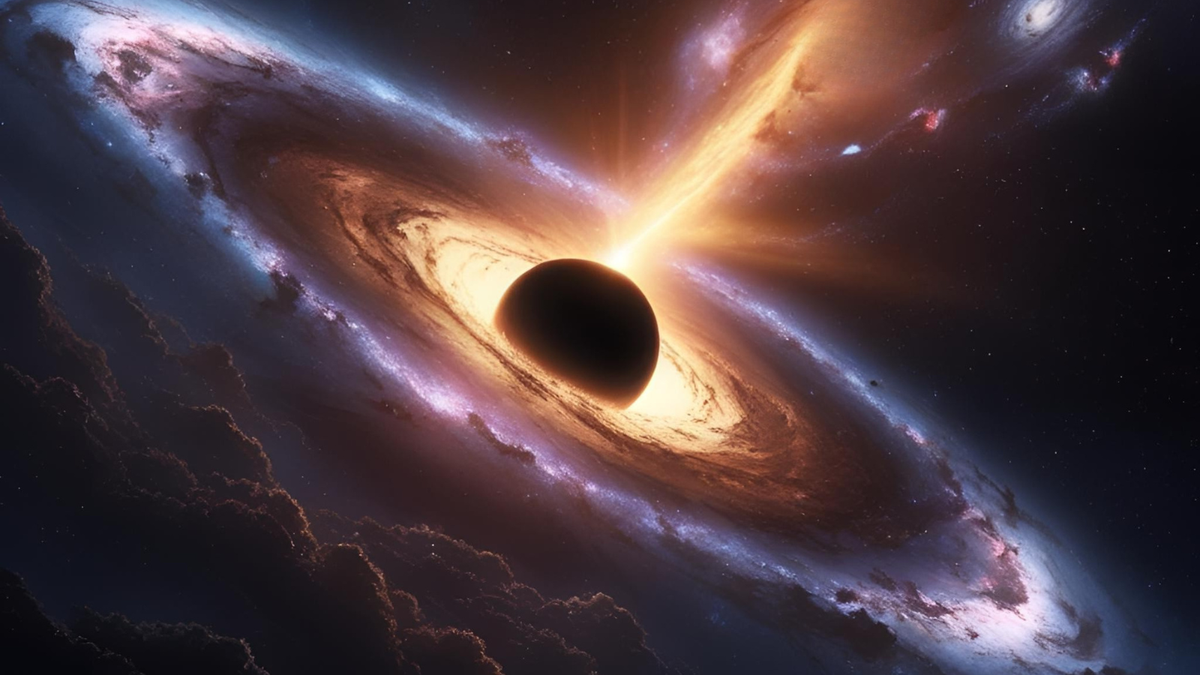A rogue mineral found in a dust grain from the near-Earth asteroid Ryugu, which was visited and sampled by the Japanese Hayabusa2 mission in 2020, could upend decades of perceived wisdom about the conditions in which some asteroids formed.
The mineral in question is named “djerfisherite” (pronounced juh-fisher-ite) after the American mineralogist Daniel Jerome Fisher, is an iron-nickel sulfide containing potassium. It is typically found on asteroids and in meteorites called “enstatite chondrites.” These are quite rare and formed in the inner solar system some 4.6 billion years ago, in temperatures exceeding 662 degrees Fahrenheit (350 degrees Celsius).
So, imagine the surprise of researchers, led by planetary scientist Masaaki Miyahara of Hiroshima University in Japan, when they found djerfisherite in a grain sampled from Ryugu — a carbon-rich CI chondrite that instead formed in cooler conditions in the outer solar system.
“Its occurrence is like finding a tropical seed in Arctic ice — indicating either an unexpected local environment or long-distance transport in the early solar system,” said Miyahara in a statement.
As a CI chondrite, Ryugu was thought to have experienced a very different history when compared to enstatite chondrites. Ryugu is believed to have once been part of a larger protoplanet, but was blasted off due to an impact at some point in the solar system’s history. Born in the outer solar system, that parent body would have been relatively abundant in water- and carbon dioxide-ice. Enough heat should have also been generated within the body through the radioactive decay of radioisotopes locked up in its rocks — that would’ve melted the ice. Taking place about 3 million years after the parent body formed, that resulting liquid would have chemically altered Ryugu’s composition. But importantly, temperatures from such radioisotopic heating are not expected to have exceeded 122 degrees F (50 degrees Celsius).
And yet, somehow, there is a grain of djerfisherite in Ryugu samples.
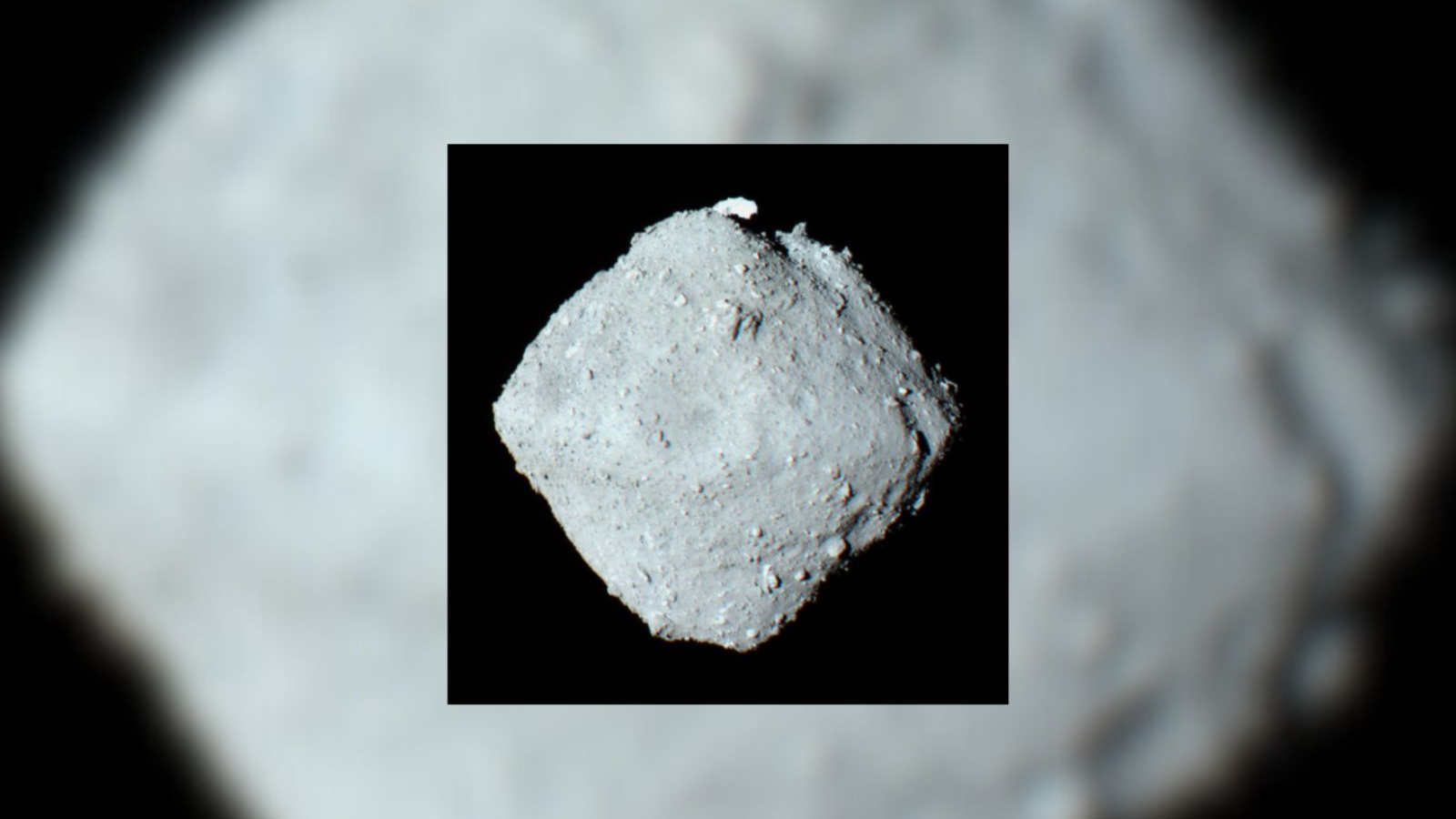
One possibility is the djerfisherite is not native to Ryugu, and is rather connected to the impact of an enstatite chondrite. The alternative is that the djerfisherite formed in situ on Ryugu — but this could only have occurred in potassium-bearing fluids and iron–nickel sulfides at temperatures greater than 662 degrees Fahrenheit.
Isotopic data could offer a decent idea as to the origin of the djerfisherite, but that data is currently lacking, so there’s no way to say for sure. However, based on their analysis, Miyahara’s team leans towards the likelihood that the djerfisherite somehow indeed formed in situ on Ryugu. How the conditions arose to make this possible remains, however? That’s a mystery for now.
“The discovery of djerfisherite in a Ryugu grain suggests that materials with very different formation histories may have mixed early in the solar system’s evolution, or that Ryugu experienced localized, chemically heterogeneous conditions not previously recognized,” said Miyahara. “This finding challenges the notion that Ryugu is compositionally uniform and opens new questions about the complexity of primitive asteroids.”
Scientists will now be rushing to re-analyze their samples from Ryugu to try and learn whether this discovery of djerfisherite is a one-off, or whether there is more evidence that supports its in-situ formation.
In doing so, scientists won’t just solve a mystery. They will also come to better understand where and how different minerals formed in the protoplanetary disk around the young sun 4.6 billion years ago, how those minerals subsequently mixed and coalesced to form asteroids and planets, and how subsequent chemical reactions on those bodies produced more minerals. In doing so, they can chart the chemical evolution of the solar system.
The discovery of djerfisherite was reported on May 28 in the journal Meteoritics & Planetary Science.


